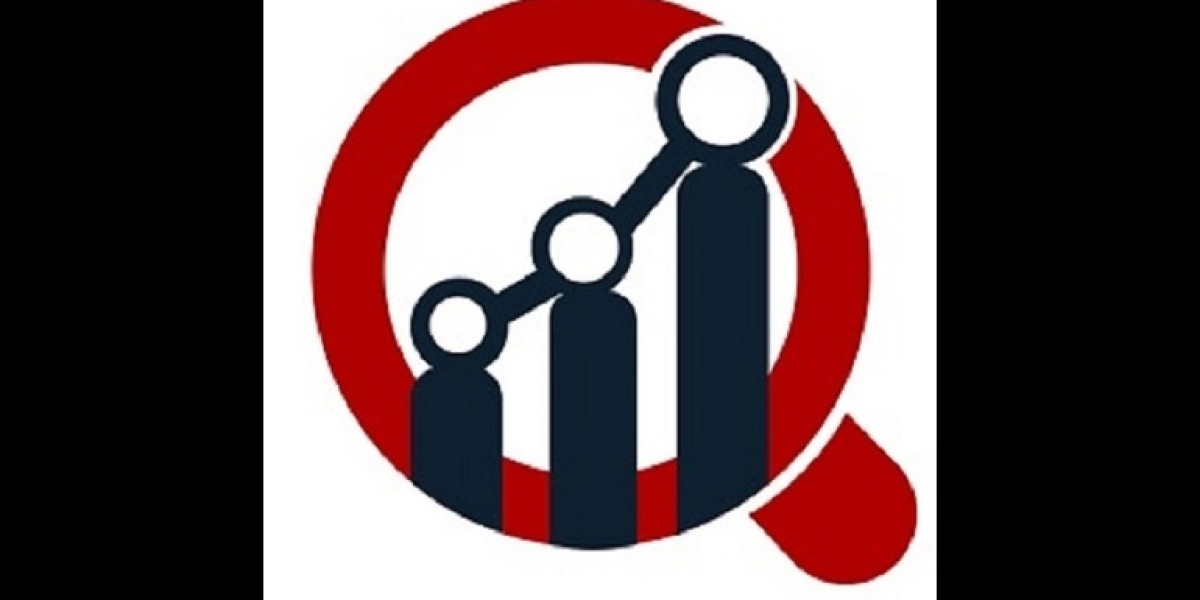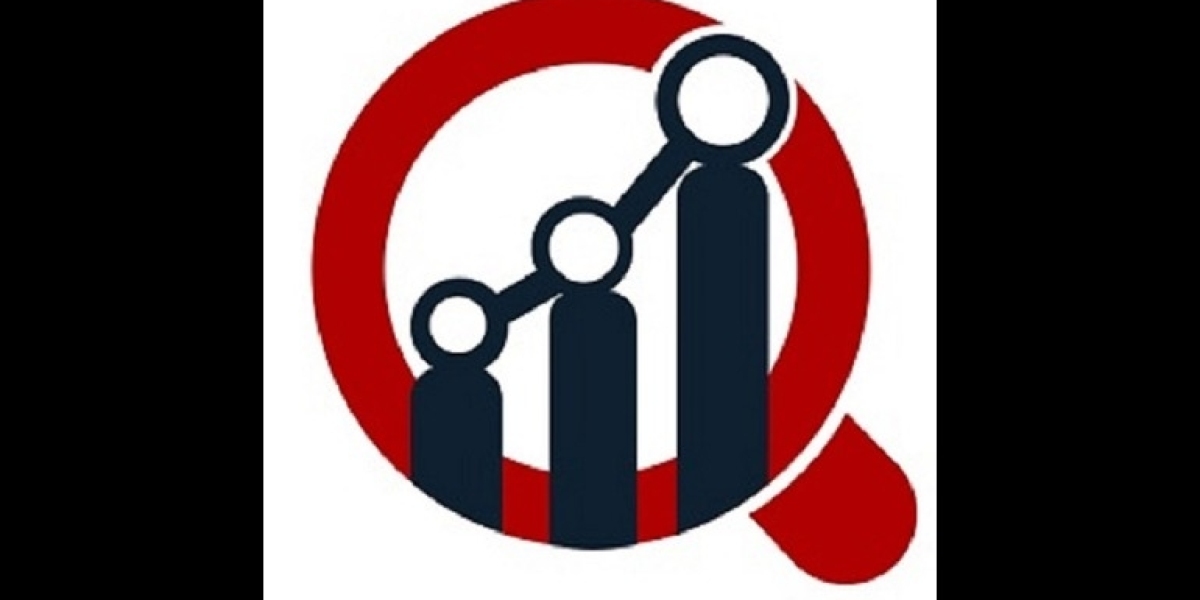Social Media Analytics-Based Insurance: A New Frontier in Risk Assessment
Introduction
The insurance industry is undergoing a seismic transformation driven by big data, artificial intelligence (AI), and advanced analytics. Among these innovations, social media analytics-based insurance stands out as one of the most disruptive. By analyzing users’ digital footprints across platforms like Facebook, Twitter, Instagram, and LinkedIn, insurers can now glean behavioral insights that supplement traditional underwriting methods.
But how does this work, and what are the implications for customers and insurers alike?
What Is Social Media Analytics-Based Insurance?
Social media analytics-based insurance refers to the use of data mined from social networking sites to assess risk, calculate premiums, detect fraud, and personalize insurance offerings. This approach leverages machine learning and natural language processing (NLP) to evaluate online behavior, lifestyle patterns, and social connections.
For instance, an insurer might analyze:
- Travel frequency and locations tagged in posts.
- Participation in risky activities (e.g., extreme sports).
- Health-related indicators (fitness posts, food choices).
- Professional stability based on LinkedIn updates.
- Sentiment analysis to detect stress or mental health signals.
Applications in Insurance
1. Risk Profiling and Underwriting
Traditional underwriting relies on self-reported information and historical records. Social media provides real-time behavioral data, allowing insurers to better understand risk profiles. A consistent pattern of healthy living may lead to lower life or health insurance premiums.
2. Fraud Detection
Inconsistencies between claims and social media activity can help detect fraud. For example, if someone files a claim for a car accident injury but posts pictures from a mountain hike, red flags are raised.
3. Claims Validation
Social data can validate or invalidate claims quickly. Geolocation tags, timestamps, and photos offer evidence that supports or contradicts a claim narrative.
4. Product Personalization
Insurers can tailor coverage and communication based on interests and life stages reflected in social media posts. For example, posts about a new baby might trigger personalized offers for family or health insurance.
Benefits of Using Social Media Analytics
- Improved Accuracy: More precise underwriting and pricing.
- Enhanced Fraud Detection: Early and automated fraud flags.
- Customer Engagement: Tailored interactions improve satisfaction.
- Cost Efficiency: Reduces reliance on expensive manual assessments.
Ethical and Privacy Considerations
Using social media for insurance decisions is not without controversy. Critics point to:
- Data Privacy: Consumers may not consent to the extent of data use.
- Bias and Discrimination: Algorithms may unintentionally perpetuate bias.
- Transparency: Lack of clarity on how data influences premiums.
Regulators in the EU (GDPR) and U.S. are actively examining how to balance innovation with privacy rights. Many insurers now emphasize consent-based data collection and anonymized analytics to stay compliant.
The Future Outlook
As social media usage continues to grow and AI models become more sophisticated, the use of digital behavior in insurance is expected to become more prevalent. Insurtech startups are leading the way, while traditional insurers are gradually integrating these tools to stay competitive.
In the next few years, we may see:
- Widespread adoption of behavioral-based premiums.
- Greater customer control over data sharing.
- Blockchain-backed transparency for how personal data is used.
Final Thoughts
Social media analytics-based insurance represents the next generation of digital underwriting. While it offers immense potential in risk assessment and fraud detection, it also demands careful handling of consumer data and ethical concerns. Insurers that strike the right balance between innovation and responsibility will lead the way in this evolving landscape.
Related Report -






